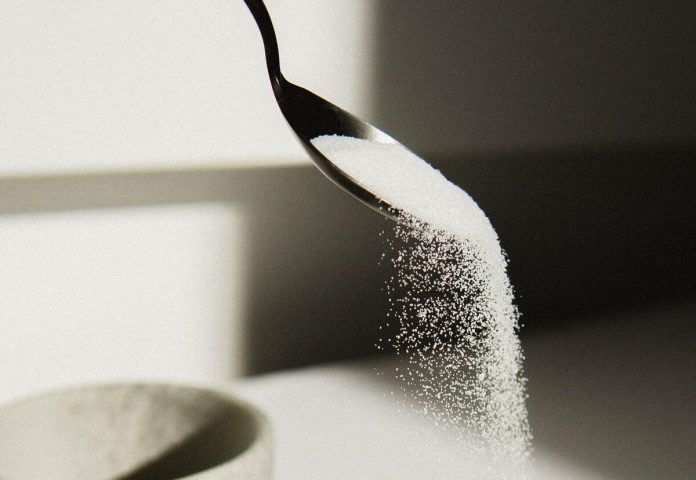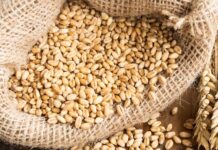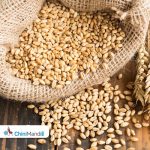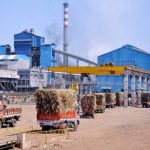This week the team sat down with S&P Global Platts, Head of Agriculture and Metals Analytics, Patricia Luismanso to understand more about current market conditions.
Ethanol and biodiesel have been used for many years now across the globe both to support farmers, reduce pollution and increase fuel autonomy. After many years in relative obscurity, how has renewable diesel become so popular so fast?
The transition to low carbon fuels is real and is happening quickly. Renewable diesel is a drop-in replacement for petroleum diesel made mostly from biomass feedstocks. Refiners are facing increasing requirements to blend biofuel into diesel, and renewable diesel is seen as a more desirable blending component than biodiesel. As such, we are seeing more refiners processing renewable feedstocks at their existing facilities to produce the fuel, or fully converting refineries over to renewable diesel production.
How does climate change affect the ability to produce both enough food and feedstocks for the renewable fuel revolution?
Advances in seed technology have improved the way crops respond to adverse weather while also increasing yields during normalized periods. While droughts will always have a negative effect on production, the severity of that impact has been lessened by these advances. In the case of vegetable oils, technology also allows for improved oil content to keep up with increased demand as a feedstock for renewable fuels.
In Asia, the latest monsoon has been good. Will Indian and Thai sugar supplies be enough to feed global import demand in 2022 considering the Brazilian crop losses?
A prolonged drought followed by three severe frost events in CS Brazil have slashed sugarcane agricultural yields this season. Assuming the region will produce 32 million mt of sugar, as per the current market consensus, we would expect Indian and Thai production would be enough. Timing would be perfect as Indian and Thai crops will be in full swing during the CS Brazil intercrop period. But world prices need to remain at or above current levels in order to attract Indian sugar exports without subsidy.
Join us at the Asia Agriculture Week taking place virtually from November 15-18 to receive more insights!
Find out more about the event here.












